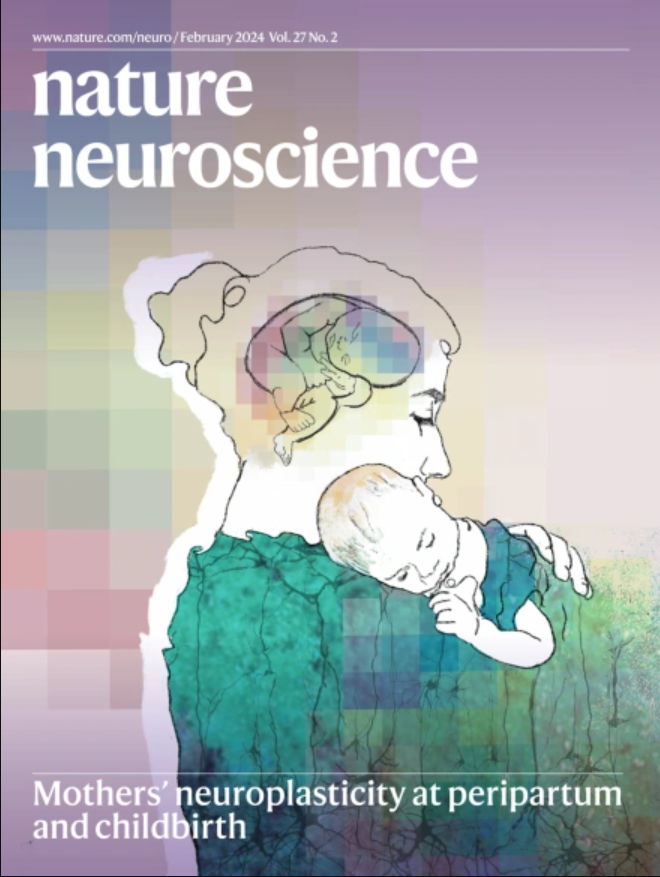大脑的工作速度超过每秒10比特
IF 20
1区 医学
Q1 NEUROSCIENCES
引用次数: 0
摘要
最近的一篇文章提出了一个对神经科学、技术和社会具有深远影响的主张:人类大脑受到每秒10比特的信息处理“速度限制”。尽管这一速度限制似乎适用于高级认知功能,但我们认为,占据中枢神经系统大部分神经元并占人类大部分信息吞吐量的运动实时控制的无意识处理实质上超过了这一限制。本文章由计算机程序翻译,如有差异,请以英文原文为准。
The brain works at more than 10 bits per second
A recent article makes a claim with far-reaching implications for neuroscience, technology, and society: that the human brain is subject to an information processing ‘speed limit’ of 10 bits per second. Although this speed limit appears to hold for high-level cognitive functions, we argue that unconscious processing for real-time control of movement, which occupies a majority of neurons in the central nervous system and accounts for most of the information throughput of humans, substantially exceeds this limit.
求助全文
通过发布文献求助,成功后即可免费获取论文全文。
去求助
来源期刊

Nature neuroscience
医学-神经科学
CiteScore
38.60
自引率
1.20%
发文量
212
审稿时长
1 months
期刊介绍:
Nature Neuroscience, a multidisciplinary journal, publishes papers of the utmost quality and significance across all realms of neuroscience. The editors welcome contributions spanning molecular, cellular, systems, and cognitive neuroscience, along with psychophysics, computational modeling, and nervous system disorders. While no area is off-limits, studies offering fundamental insights into nervous system function receive priority.
The journal offers high visibility to both readers and authors, fostering interdisciplinary communication and accessibility to a broad audience. It maintains high standards of copy editing and production, rigorous peer review, rapid publication, and operates independently from academic societies and other vested interests.
In addition to primary research, Nature Neuroscience features news and views, reviews, editorials, commentaries, perspectives, book reviews, and correspondence, aiming to serve as the voice of the global neuroscience community.
 求助内容:
求助内容: 应助结果提醒方式:
应助结果提醒方式:


